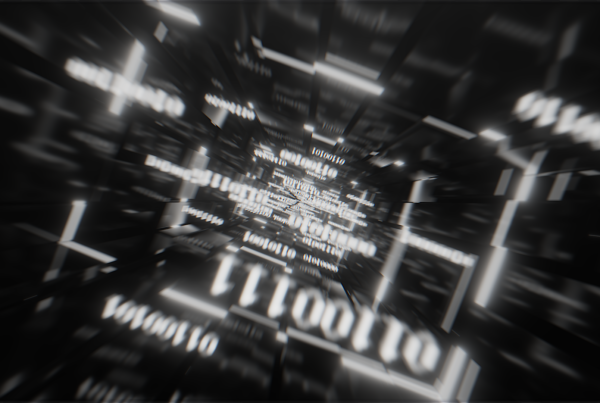Introduction: In today’s fast-paced digital era, businesses face the constant challenge of effectively communicating complex technologies and concepts to their target audience. Traditional methods often fall short, leaving audiences confused and disengaged. However, with the emergence of 3D animation and rendering, businesses now have a powerful tool at their disposal to explain their intricate technologies in an engaging and visually captivating manner. In this article, we will explore how 3D animation and rendering can revolutionize the way businesses communicate their technologies, ultimately driving success and growth.
-
The Impact of 3D Animation on Business Technologies
- Enhancing Clarity and Understanding: When it comes to complex technologies, conveying their inner workings can be a daunting task. Traditional methods such as written manuals or static images often fail to capture the essence of these technologies, leaving customers perplexed. However, 3D animation allows businesses to bridge this gap by providing a visual representation that brings concepts to life. By animating the technology, businesses can showcase the functionality, components, and processes in a dynamic and easily understandable way. This enhanced clarity helps audiences grasp complex ideas more effectively, leading to increased engagement and improved customer understanding.
- Showcasing Real-World Applications: 3D animation offers a unique advantage by allowing businesses to showcase their technologies in realistic, simulated environments. Through animation, companies can demonstrate how their products or services function within various scenarios, providing a compelling and immersive experience. By visually representing the real-world applications of their technologies, businesses can instill confidence in potential customers and highlight the value they bring to different industries. This approach not only enhances the credibility of the technology but also helps businesses stand out from competitors by presenting a comprehensive vision of its potential.
- Simplifying Training and Onboarding Processes: Complex business technologies often require comprehensive training and onboarding processes, which can be time-consuming and overwhelming for employees. By leveraging 3D animation, businesses can streamline these processes and make them more engaging and accessible. Interactive and visually captivating animations can serve as training modules, guiding employees step-by-step through intricate procedures and functions. This approach reduces the learning curve, improves knowledge retention, and ensures a smoother transition for employees when adopting new technologies. Moreover, the ability to rewatch and revisit animated training materials provides employees with a valuable resource for continuous learning.
-
The Power of 3D Rendering in Visualizing Business Technologies
- Creating Photorealistic Visuals: 3D rendering empowers businesses to create stunningly realistic visuals that can effectively communicate their technologies to a wide range of audiences. Whether it’s showcasing intricate machinery, architectural designs, or complex software interfaces, 3D rendering allows businesses to present their technologies in a visually appealing and captivating manner. By incorporating realistic lighting, textures, and materials, 3D rendering creates a sense of tangibility that bridges the gap between the virtual and physical worlds, making the technology more relatable and engaging to viewers.
- Exploring Design Alternatives: Businesses often need to iterate and refine their technologies before finalizing a product or service. 3D rendering provides a flexible and cost-effective solution by allowing businesses to visualize and experiment with different design alternatives. By creating virtual prototypes and conducting virtual simulations, companies can evaluate the performance, functionality, and aesthetics of their technologies without incurring the expenses associated with physical prototyping. This iterative design process not only saves time and resources but also enables businesses to optimize their technologies based on valuable insights gained from the rendered visualizations.
- Marketing and Advertising Advantage: In today’s competitive marketplace, effective marketing and advertising play a crucial role in the success of any business. 3D rendering offers a significant advantage by enabling businesses to create visually compelling marketing materials that capture the attention of their target audience. From product animations to virtual walkthroughs, rendered visuals can be leveraged across various marketing channels, including websites, social media platforms, and presentations, to create an impactful and memorable brand experience. By presenting their technologies in a visually stunning and innovative manner, businesses can differentiate themselves and leave a lasting impression on potential customers.



